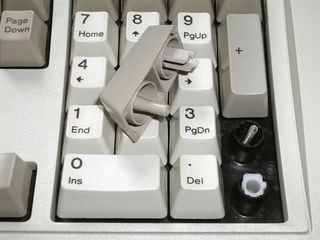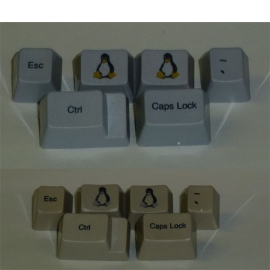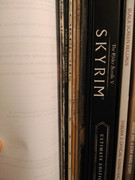rygD
Nihilistic Mystic
You should have ordered the tux keys at the same time. I love my Unicomp Linux keyboard.
You can get tux stickers if you can't find the keys.
You can get tux stickers if you can't find the keys.
You should have ordered the tux keys at the same time. I love my Unicomp Linux keyboard.
You can get tux stickers if you can't find the keys.

If those new stock Model M things have cherry tops this'll do:

Tastenset für Mechanische Tastaturen
Linux-Ersatztasten für mechanische Tastaturen mit Cherry-Schaltern.www.getdigital.de





Forgot the Picture , the Silver Thing and the 2 Black Things are new
I think heirloom is overstating it. I don't think anyone's made turntables that are technically too small to hole a 12" record before the late 80s at the earliest. His father could have bought it and lent it him, but it's not something that's been in the family for generations, which to me the term heirloom kind of implies.
But yeah, I also noticed the Morricone record and wanted to congratulate Matzesu on his good taste. But I settled with just liking the post in the end.
Like I said, I bought the Turntable myself in the 2000tes, because it’s small enough for the predecessor of this Hi-Fi, only this Hi-Fi is now not wide enough to support the turntable on his full length


